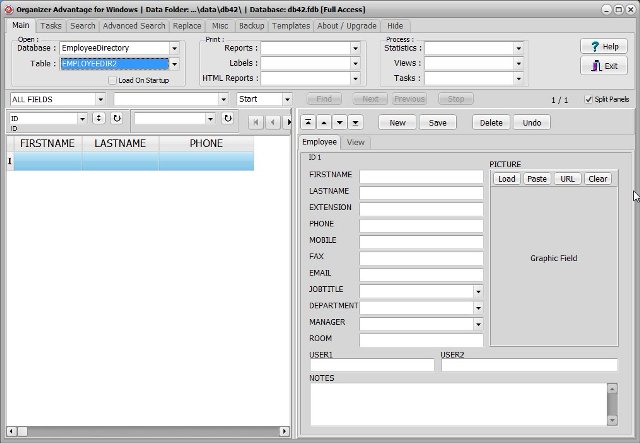

Though I personally do not prefer it, I will put it down for you. There is one more way to get a similar result. In no time you will have the details on an Excel sheet. Step 8: When you are done click on Import. Here’s a section of what I needed and what I selected. Clicking on them will select a frame from the web page. Step 7: Take note of the yellow arrows contained inside small yellow boxes. Step 6: On the window that comes up, paste the complete path on the address bar and hit on Go. Switch to Data tab and select to Get External Data From Web. Something like, C:\Users\Sandeep\Desktop\Documents.htm Copy the complete path.īy complete path I mean the location of the file and the file name.
WINDOWS DIRECTORY LIST AND PRINT FREE WINDOWS
Step 4: Again, on Windows Explorer, navigate to the location of the file you just created.
WINDOWS DIRECTORY LIST AND PRINT FREE OFFLINE
That will create an offline copy of the web page. Step 3: Right-click anywhere on the web page and choose Save Page As. The URL will be prefixed by file:/// and contents of the subject directory will be rendered as a web page. Step 2: Now open a browser of your choice, paste the copied location on the address bar and hit Enter. Step 1: Navigate to the subject directory on Windows Explorer and copy the path to that directory. And, I regularly export the file and directory list to an Excel sheet for maintenance. It is my documents folder and I have many important documents in it.

Steps to Import Directory and File Details Hence, you might find this Excel trick very useful in those scenarios. It is not possible to manually note the details.

Now, the pain is in maintaining such records.


 0 kommentar(er)
0 kommentar(er)
